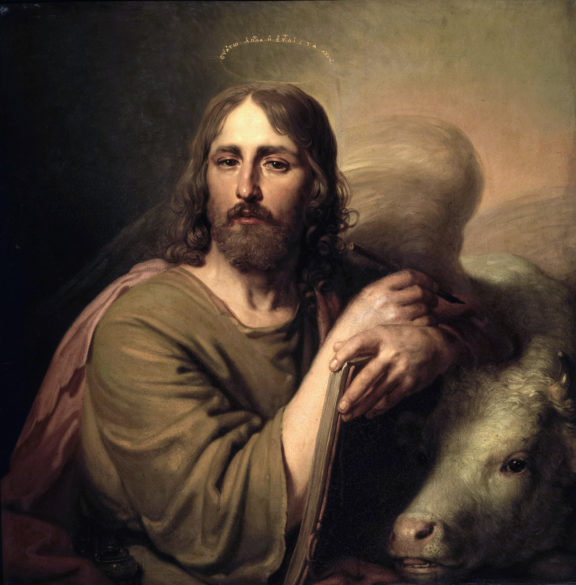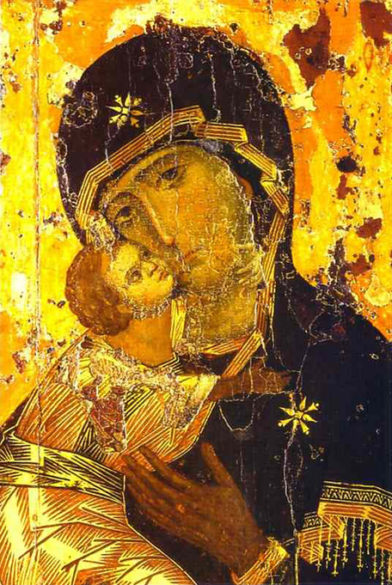Stewardship Paths
By Julia Williams
JACKSON – Christianity has a saint for everything, literally everything. Not only is St. Luke one of the Four Evangelists, and therefore one of the most important saints, but he is also the patron saint of artists. Commonly, saints are patrons to several things and Luke is no exception. In fact, he was a physician, hence he is considered their patron saint as well.
St. Luke appears to also have been a capable historian, recording careful details about the many people and places visited by Jesus and His Apostles. Many biblical scholars study this Gospel to understand the historical context of Jesus and first-century Judaism.
For iconographers, St. Luke is revered as the first (according to tradition) to write an icon of the Blessed Mother. In iconography, the verb “to write” is used rather than “to paint,” as an icon is considered visual theology. The oldest painted images of Jesus and Mary are attributed to St. Luke, including Our Lady of Vladimir and Our Lady of Perpetual Help.

Icons (like those painted by St. Luke) are important because they raise our hearts and minds to heavenly things. They are “windows” that open our hearts and remind us of the presence of God and His saints.
Lastly, stewardship is a major theme in Luke’s Gospel. Indeed, what emerges from Luke’s writings is a sophisticated theology of stewardship that is unique to his Gospel and not addressed so profoundly by other New Testament writers. St. Luke’s work was no small achievement, and through the centuries it has served the church well.
Excerpts: wordonfire.org; catholiccompany.com; catholicstewardship.com


St. Luke the Evangelist by Vladimir Borovikovsky; c. 1804-1809. (Public domain)
